October 29, 2024
Views:62
 Emma Ruth Rundle, Thou
May Our Chambers Be Full
(2020)
Emma Ruth Rundle, Thou
May Our Chambers Be Full
(2020)
 Emma Ruth Rundle, Thou
May Our Chambers Be Full
(2020)
Emma Ruth Rundle, Thou
May Our Chambers Be Full
(2020)
 Colmaar
Eternel
(2024)
Colmaar
Eternel
(2024)
![Sinistro & Patricia Andrade - Cidade (2013) [EP]](/uploads/posts/2024-10/thumbs/1728034316_cover.jpg) Sinistro, Patricia Andrade
Cidade
(2013)
Sinistro, Patricia Andrade
Cidade
(2013)
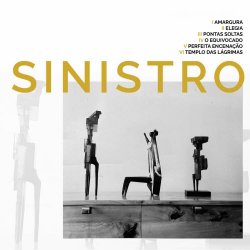 Sinistro
Vértice
(2024)
Sinistro
Vértice
(2024)
 Sinistro
Sinistro
(2012)
Sinistro
Sinistro
(2012)
 Sinistro
Semente
(2016)
Sinistro
Semente
(2016)
 Sinistro
Sangue Cassia (Deluxe Edition)
(2018)
Sinistro
Sangue Cassia (Deluxe Edition)
(2018)
 Sinistro
Live At Roadburn
(2021)
Sinistro
Live At Roadburn
(2021)
![Oldest Sea - Unearthed Song Sketches (2022) [Single]](/uploads/posts/2024-10/thumbs/1727898778_cover.jpg) Oldest Sea
Unearthed Song Sketches
(2022)
Oldest Sea
Unearthed Song Sketches
(2022)
![Oldest Sea - Strange And Eternal (2022) [EP]](/uploads/posts/2024-10/thumbs/1727898764_cover.jpg) Oldest Sea
Strange And Eternal
(2022)
Oldest Sea
Strange And Eternal
(2022)
 Oldest Sea
A Birdsong, A Ghost
(2023)
Oldest Sea
A Birdsong, A Ghost
(2023)
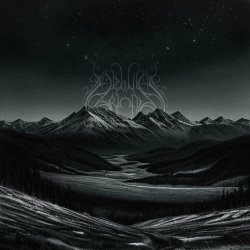 Nebula Orionis
The Long Path To Nowhere
(2024)
Nebula Orionis
The Long Path To Nowhere
(2024)
 Publicist UK
Forgive Yourself
(2015)
Publicist UK
Forgive Yourself
(2015)
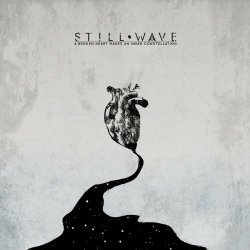 Still Wave
A Broken Heart Makes An Inner Constellation
(2024)
Still Wave
A Broken Heart Makes An Inner Constellation
(2024)
![King Woman - Doubt (2015) [EP]](/uploads/posts/2024-06/thumbs/1719500242_cover.jpg) King Woman
Doubt
(2015)
King Woman
Doubt
(2015)
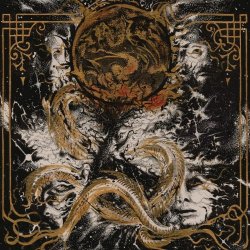 King Woman
Created In The Image Of Suffering
(2017)
King Woman
Created In The Image Of Suffering
(2017)
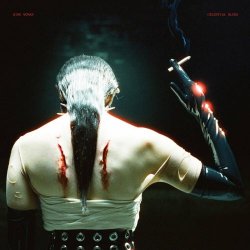 King Woman
Celestial Blues
(2021)
King Woman
Celestial Blues
(2021)
![King Woman - Audiotree Live (2016) [EP]](/uploads/posts/2024-06/thumbs/1719500147_cover.jpg) King Woman
Audiotree Live
(2016)
King Woman
Audiotree Live
(2016)
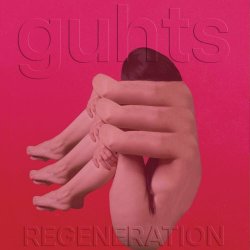 GUHTS
Regeneration
(2024)
GUHTS
Regeneration
(2024)
![GUHTS - Burn My Body (2022) [Single]](/uploads/posts/2024-01/thumbs/1706352011_cover.jpg) GUHTS
Burn My Body
(2022)
GUHTS
Burn My Body
(2022)
![GUHTS - Blood Feather (2021) [EP]](/uploads/posts/2024-01/thumbs/1706351953_cover.jpg) GUHTS
Blood Feather
(2021)
GUHTS
Blood Feather
(2021)
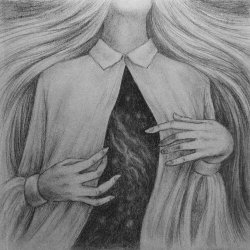 Nebula Orionis
Sorrow
(2023)
Nebula Orionis
Sorrow
(2023)
![Hyacinth - Metamorphilia (2023) [EP]](/uploads/posts/2023-10/thumbs/1698088654_cover.jpg) Hyacinth
Metamorphilia
(2023)
Hyacinth
Metamorphilia
(2023)
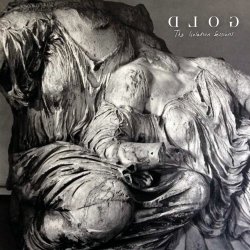 GGGOLDDD
The Isolation Sessions
(2020)
GGGOLDDD
The Isolation Sessions
(2020)
-
 carlmcoy
Great
carlmcoy
Great
-
 HYPNAS
Very good Idea !!!
HYPNAS
Very good Idea !!!
-
 HYPNAS
Thanks DS for this great band underrated at the time like
HYPNAS
Thanks DS for this great band underrated at the time like
-
 blacksmith75
Great DS !!!!
blacksmith75
Great DS !!!!
-
 HYPNAS
Momerath is one of the essential bands of the Parisian scene
HYPNAS
Momerath is one of the essential bands of the Parisian scene
-
 ElectroDevil
Cheers! Many thanks for the feature, it's much appreciated.
ElectroDevil
Cheers! Many thanks for the feature, it's much appreciated.
-
 harpagon21
Bien ahi , Admin tendra este EP por favor
harpagon21
Bien ahi , Admin tendra este EP por favor
-
 DaPitimann
Please reload
DaPitimann
Please reload
-
 gweilojake
Great feature, DS....really encourages discovery. Thanks!
gweilojake
Great feature, DS....really encourages discovery. Thanks!
-
 admin
A small update on the site: now you can view a list of
admin
A small update on the site: now you can view a list of
View more »